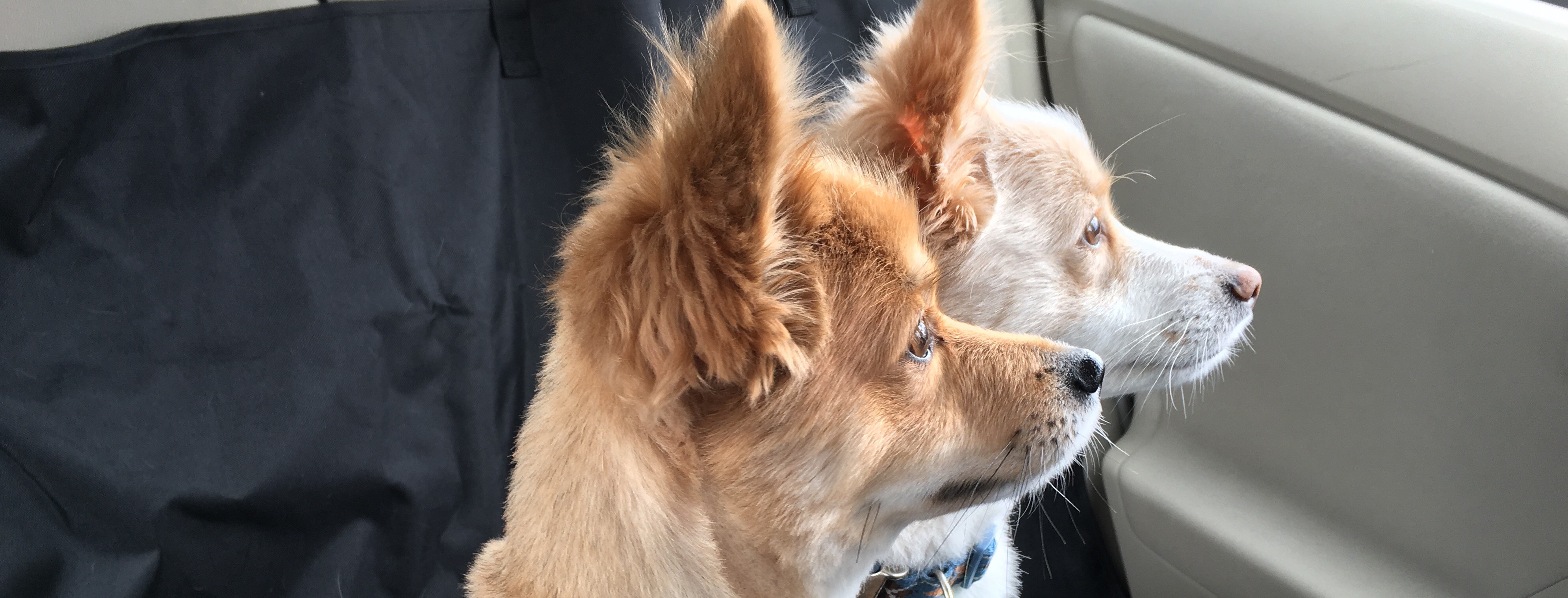Here I just wanted to take a quick second to share a small code snippet that illustrates munging a contiguous dataset to a wide format. What do I mean by that? Consider the following example: let’s say we have a dataset where we have patients A, B, and C, and we take two tissues from each patient - one of Serum and one of TIF (tumor interstitial fluid), and from each tissue assay a whole host of metabolites, each with its own column.

I decided to try retheming my site to be a bit more image focused, and to have a more modern look and feel to it. Just a fun way to spend a couple hours while my computer finishes unborking itself. Featured is a photo of the dogs in their ‘jetpacks’ (car harnesses) waiting for Jen to come back from her shopping trip.
Trying out a new post just to see how this system works. Already found that (featured) images don’t seem to be working on the home page, but do work on the /blog/ subdomain. Also I need to make sure to set the “type: ‘post’” in the YAML header. Anyways, let’s see how beautifully R code renders now again more..
## run in a chunk with include = FALSE ## library(tidyverse) ## Run within this chunk with echo = TRUE hello_world <- frame_data( ~first, ~second, ~third, ~fourth, "its", "a", "beautiful", "day" ) hello_world ## # A tibble: 1 x 4 ## first second third fourth ## <chr> <chr> <chr> <chr> ## 1 its a beautiful day Now what happens when I generate a plot?
